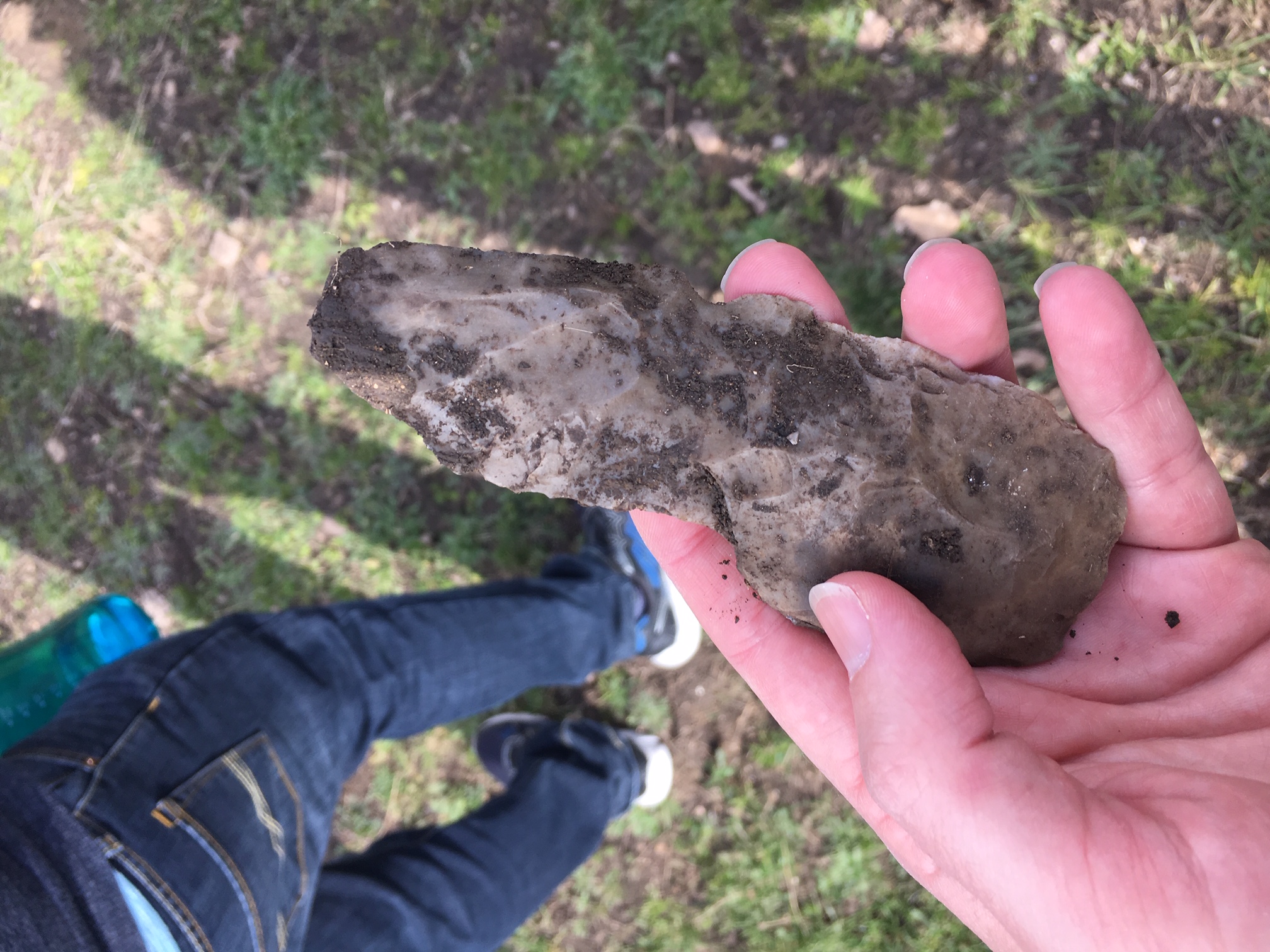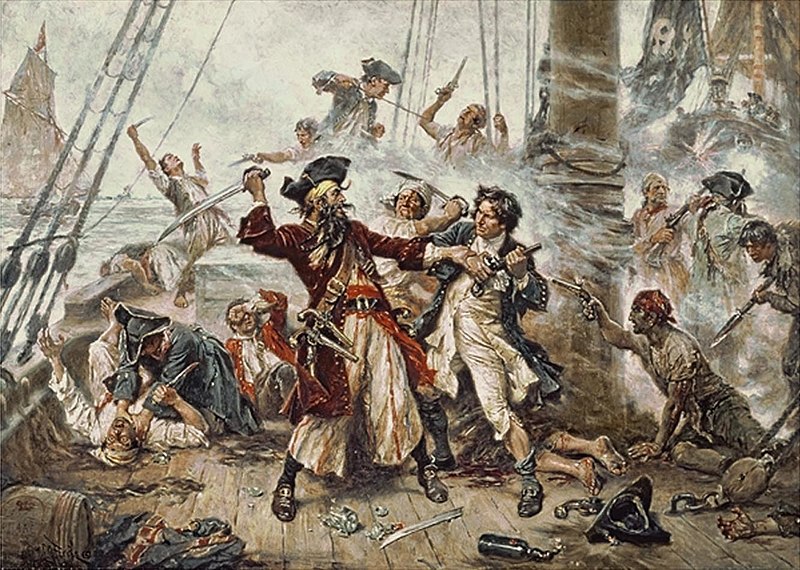Lecture – More than Genes: Predators, Parasites and Partners of the Human Body by Rob Dunn
A great deal of recent research has suggested that many modern health problems relate to recent changes in our gut microbes. As we have started to look at skin and the environment of our homes, it looks as though the changes in what we are exposed to and covered in externally may be equally as great.
We evolved in a wilderness of parasites, mutualists, and pathogens, but we no longer see ourselves as being part of nature and the broader community of life. In the name of progress and clean living, we scrub much of nature off our bodies; however, a host of species still cling to us and always will. This is not necessarily a bad thing. Join biologist and author Robert Dunn as we explore the influence these wild species have on our well-being and the world.
Dr. Robert Dunn is a biologist with the Department of Biology at North Carolina State University. His lab studies the species around us in our everyday lives, species we tend to think of us as well known. Most of those species are not well known and so there are many things to discover in your backyard, in your bedroom, or even on your roommate. Book signings of “The Wild Life of Our Bodies” and “Every Living Thing” following lecture.
This program is sponsored by The Leakey Foundation.
Wednesday, November 9, 2016 at 6:30pm
BTS – Mummies of the World: The Exhibition
Mummies of the World: The Exhibition presents a collection of mummies from Europe, South America and ancient Egypt-some 4,500 years old.
Go behind-the-scenes and learn about mummies and mummification through state-of-the-art multimedia, interactive stations and 3D animation, highlighting advances in the scientific methods used to study mummies, including computed tomography (CT), ancient DNA analysis and radiocarbon dating, all of which allows us to know who these mummified individuals were, where they came from and where they lived.
Among the mummies on display are the Vac Mummies, an entire mummified family from Hungary believed to have died from tuberculosis; the Burns Collection, a group of medical mummies used to teach anatomy in the early 19th century; an Egyptian priest named Nes-Hor who suffered from arthritis and a broken left hip; Egyptian animal mummies including a falcon, fish, dog and baby crocodile, many of which were deliberately preserved to accompany royals for eternity; and MUMAB, the first replication of Egyptian mummification done on a body in 2,800 years.
Tuesday, November 15, 2016 at 6:00pm
Take Two: Pocahontas
Lecture – Applying Forensics to Archaeology by Andrew Shortland
As an Egyptologist trained in geological sciences, Dr. Andrew Shortland became interested in applying scientific analysis to the identification and interpretation of material culture from the ancient and historical worlds. Today Shortland uses the latest technology to answer questions about valuable or historically important objects. Typically these involve queries about provenance, date, identification of past restoration or conservation—and even the detection of deliberate fakes and forgeries.
Using examples from his cases, Professor Shortland will describe a wide variety of different analytical techniques in his work including SEM-EDS, microprobe, XSRF, LA-ICPMS and optical microscopy.
Dr. Andrew Shortland is professor of archaeological science at Cranfield University in UK. He is Deputy Director of Cranfield Forensic Institute, where he runs a group that specializes in the application of scientific techniques to archaeological and forensic problems.











